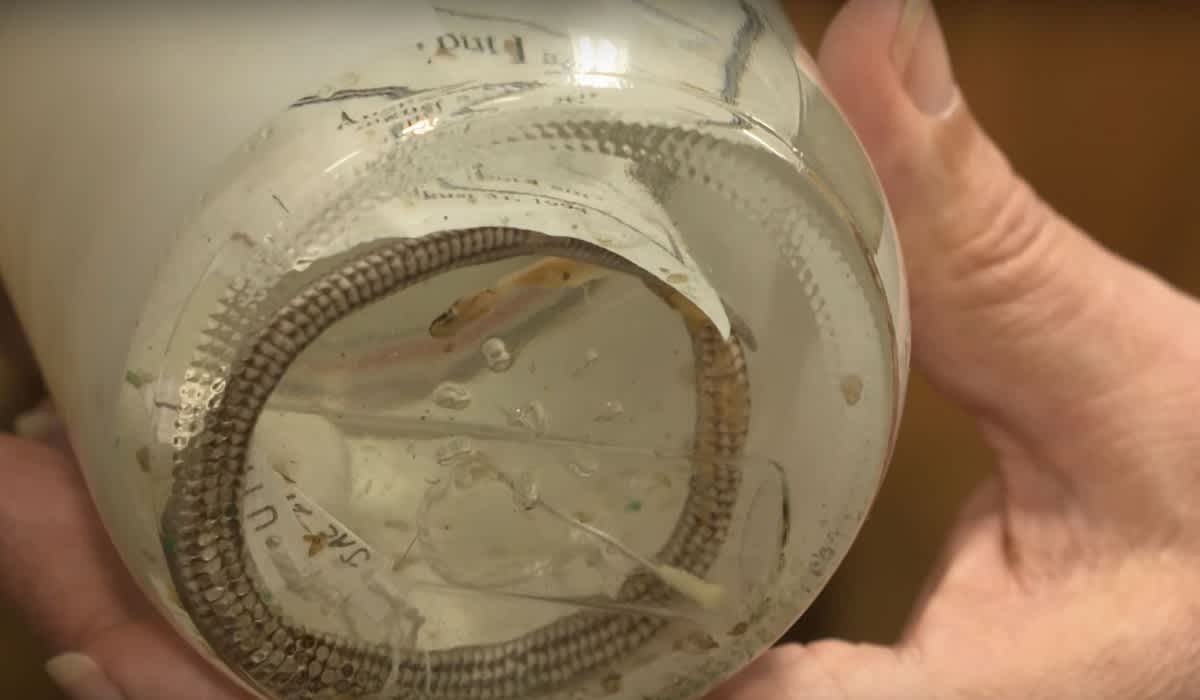Cenaspis Aenigma; A New Snake Species Found Inside Belly of Another Snake
OutdoorHub Reporters 02.05.19

Perhaps you’ve heard about the “mystery dinner snake” before, as it first landed on researchers’ radar back in 1976. The snake – Cenaspis Aenigma – has never been captured alive, and was first discovered inside the belly of venomous coral snake. According to Smithsonian Mag, the partially digested specimen’s irregular stripes, spineless hemipenes and skull shape caused Cenaspis to elude categorization for decades.
Just recently, however, biologists from the University of Texas at Arlington have finally shed some light on the obscure snake’s origins.
Their findings, which have been published in the Journal of Herpetology, prove that Cenaspis isn’t just a new species, but an entirely new genus altogether.
In an article for National Geographic, Jake Buehler points out how the only known representation for both genus and species – a 10-inch male – has three triangular marks decorating its underside, giving its ventral scales a somewhat striped appearance dissimilar to that of other ‘New World’ snakes.
Furthermore, Cenaspis’ hemipenes – one of a pair of male sexual organs that essentially amounts to dual penises – lack the spines typically found along the organ, instead featuring cup-like formations known as calyces that Buehler suggests are “some kind of otherworldly honeycomb.”
Adding to that, Michelle Starr of Science Alert claims Cenaspis differs from documented species because of its elongated skull and undivided subcaudal scales, what are plates on the underside of the tail. This, combined with the animal’s dirt brown coloring, strongly suggests Cenaspis is a ground dwelling snake that spends a majority of its life underground.
Yet, certain features leave the experts second-guessing..
“Why a secretive burrowing snake would have such a distinctive ventral pattern is unknown,” the team states in their study. Such ventral patterns “are not replicated in any other Middle American snake.”
The teeth of Cenaspis raise peculiar questions too, suggesting the snake is in fact more complex than your average ground burrower, which normally feasts on soft-bodied prey such as slugs and worms. The snake’s teeth – and mouth for that matter – appear to be suited for preying on hard-bodied insects like spiders.
Lead author Jonathan Campbell, a herpetologist at the University of Texas at Arlington, believes the “mystery dinner snake” still roams Chiapas, perhaps burrowing underground or using other forms of evasion to maintain its secrecy.

